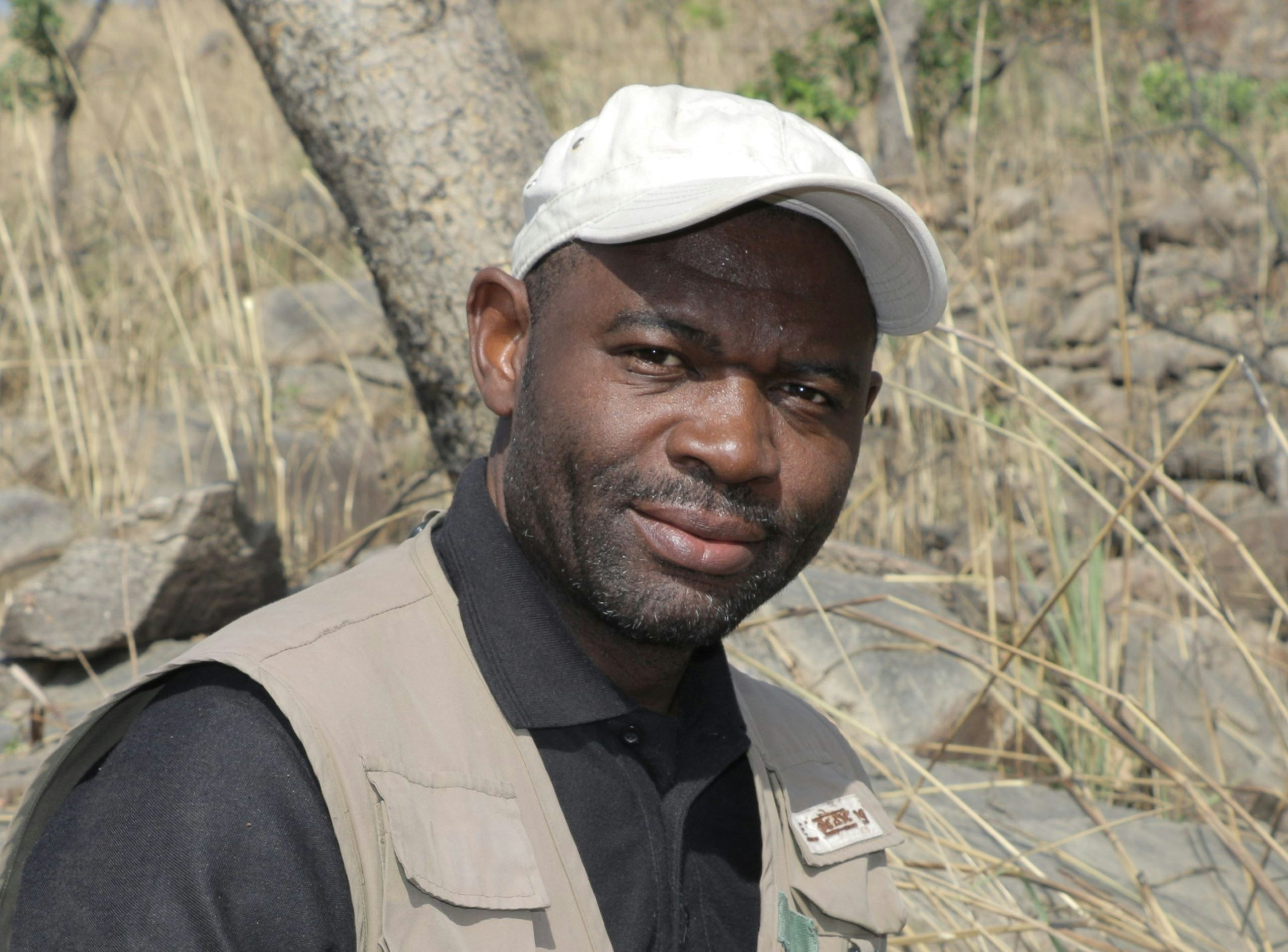The Bénoué ecosystem in northern Cameroon is a critically important area for lions and large mammals. However, habitat fragmentation and declines in prey populations, along with an increase in people and livestock in the region is leading to escalating human wildlife conflict, threatening already dwindling lion populations. Serge and his team are working with stakeholders, combining local knowledge with technology to mitigate the rising tensions.
KING OF THE SAVANNAH
For centuries, lions have captured the imagination of people all over the world. Often described as “powerful” and “majestic,” they are one of the more emblematic species and associated with many cultural beliefs and values. However, encroachment and habitat fragmentation have caused significant population declines, with small, divided populations today scattered across a few hotspots in West and Central Africa. They are a keystone species and their dwindling numbers will have an immense impact on the entire ecosystem.
THE BÉNOUÉ ECOSYSTEM
The Bénoué ecosystem stretches over three national parks and 32 hunting zones, with formal protection of the giraffe, elephant, giant eland, lion, leopard and spotted hyena. Despite conservation measures by the government, the landscape continues to face severe threats including poaching, lion bone trafficking, illegal mining, agriculture, and wildfire. There are also increasing numbers of illegal livestock within protected areas, which is causing immense human carnivore conflict as lions come into contact with herders and their cattle. The area is one of the three remaining strongholds for large carnivores in West and Central Africa and a key linkage between these savannah landscapes. It is clear that urgent action is needed to preserve remaining lion populations and their natural habitat.
WORKING TOGETHER
Working in the area since 2009, Dr. Serge Alexis Kamgang leads the only lion conservation project in the region. Tackling human-lion conflict and ineffective wildlife management, Serge and his team will gather vital data on lion and prey populations using camera traps and satellite collars, and will strengthen the capacity of park authorities to reduce pressures from habitat fragmentation and transhumant livestock. To assist park staff, they will train young community members as lion guards, who monitor movements of lion and cattle, document cases of depredation, and identify conflict hotspots, warning herders when lions are near. Finally, Serge and his team will conduct educational campaigns on the importance of lion conservation, building a positive future for the region through inclusive conservation.
With his Whitley Award, Serge will:
- Train 45 park guards and 6 community lion guards, who work together to monitor lion and cattle movements, and mitigate human-lion conflict and other pressures
- Improve the knowledge of 1,500 stakeholders on the status and distribution of lion and their prey in the Bénoué Ecosystem to inform future management
- Raise awareness of lion conservation among 30% of the local population through educational campaigns
Top facts:
- Male lions in Cameroon have a late, very small mane development so they are often mistaken as females from a distance.
- The West and Central African lion is a lighter build than its cousins in East and Southern Africa.
- A 2015 survey found there were only 250 lions remaining in the entire Bénoué ecosystem spanning over 30,000 km2.



